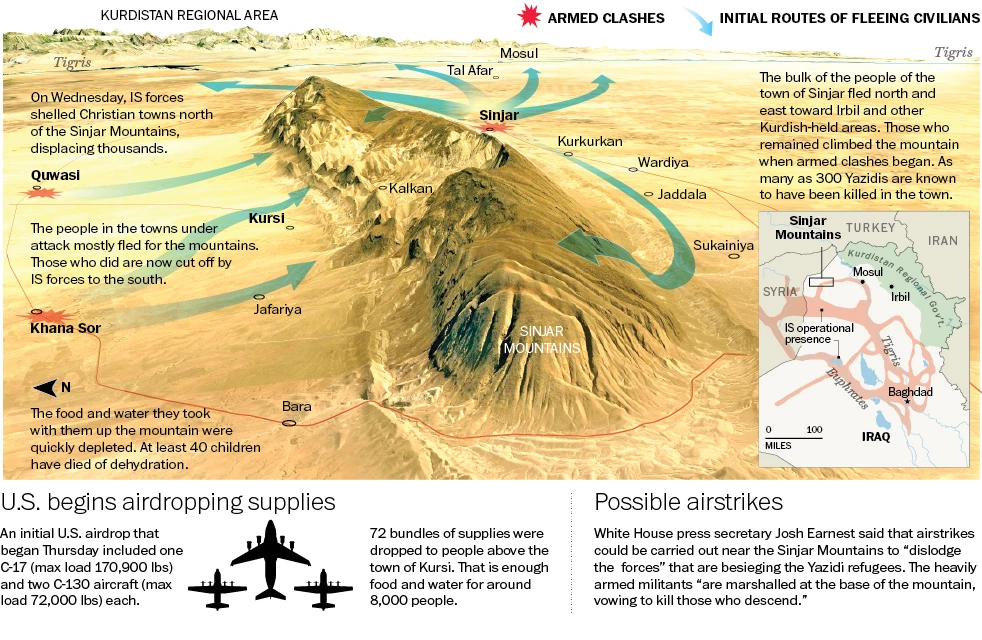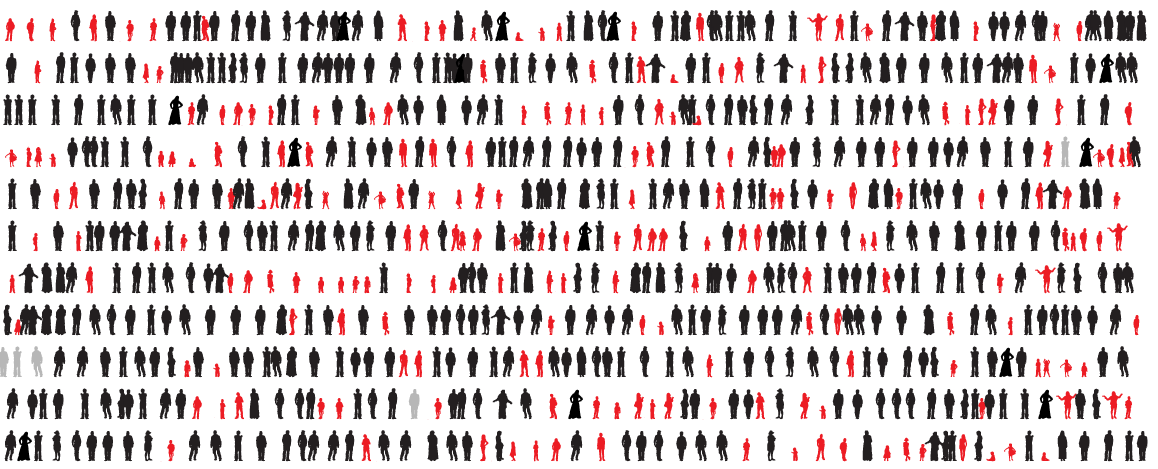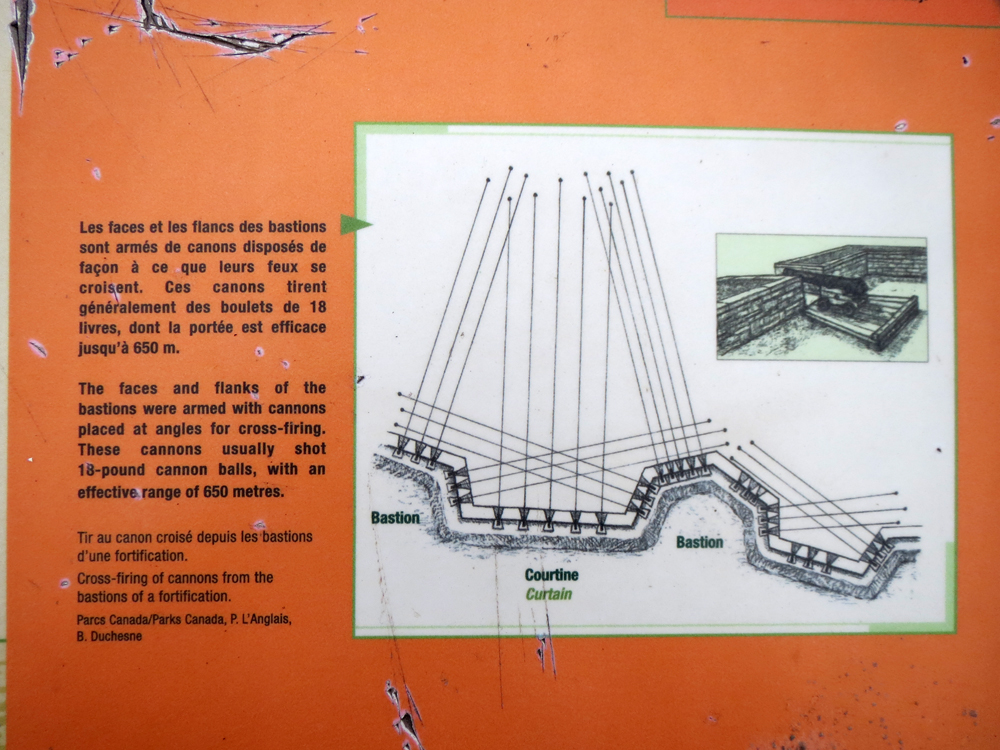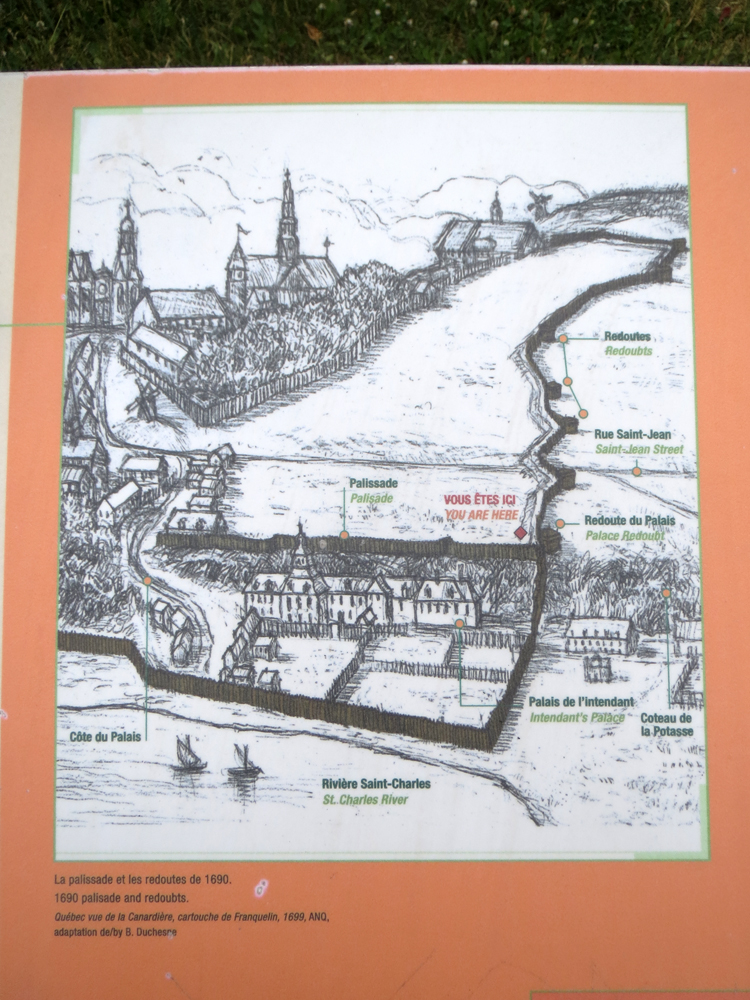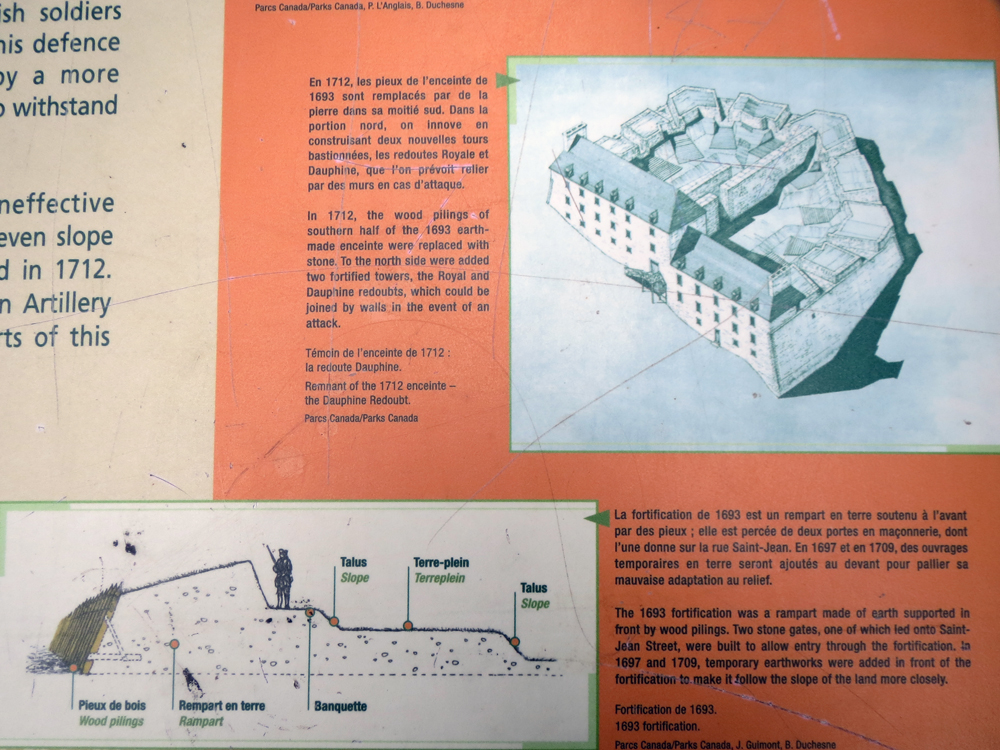In a piece of big news about Ukraine yesterday, the French government announced that it was halting the completion of the sale of two Mistral warships to Russia. The first such ship, the Sevastopol (yes, named after said city in Crimea), was due to be delivered in just over a month’s time. The two ships (the other named Vladivostok) would have given Russia the ability to launch amphibious invasions. The reason why this action was not taken earlier? Jobs. The construction of the two ships in French shipyards are a boon to the French economy. But after the recent “incursion” of Russian troops into Donetsk and Luhansk, Paris ultimately reconsidered the deal.
The Wall Street journal provides the graphic illustrating just how potent one of the ships would be.

Credit for the piece goes to the Wall Street Journal graphics department.



